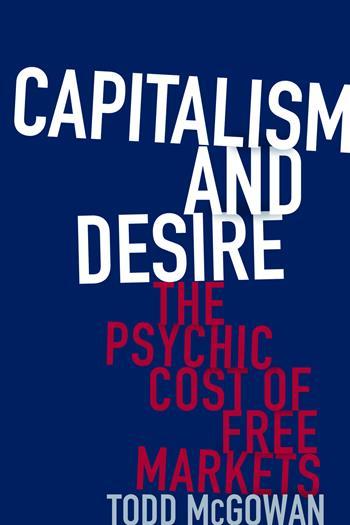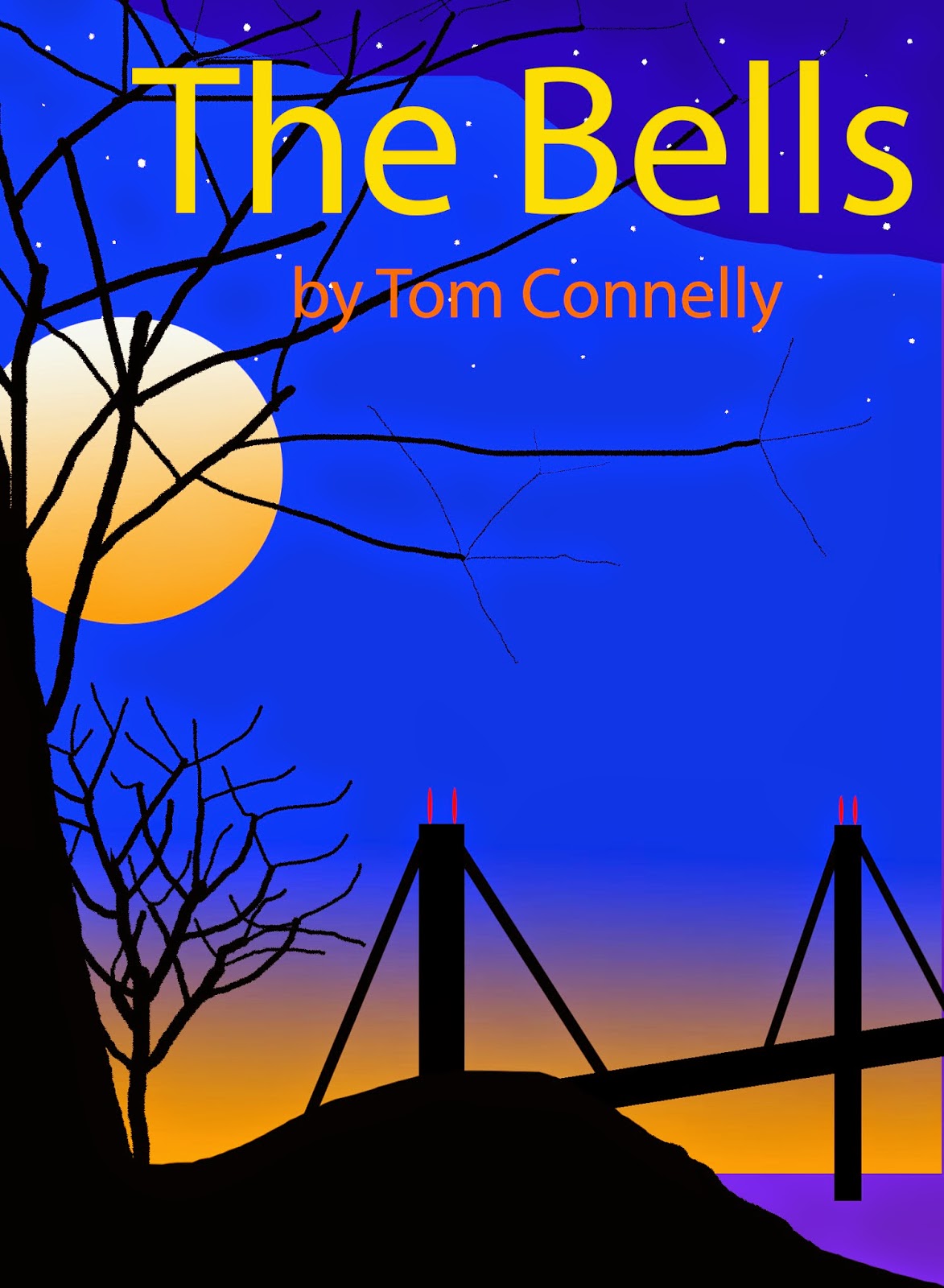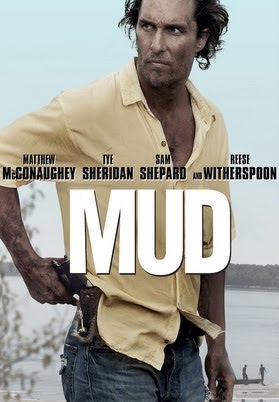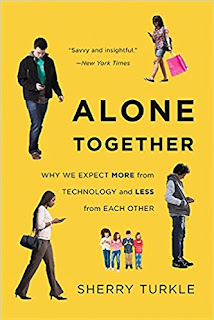I realized I had written this short piece, but never posted it back in 2013! It was strange to read what I had written, now knowing how Breaking Bad ended. But here is what I wrote while watching the last season of the show. Of course, I had to update a few things...
The final season of Breaking Bad is getting closer to its finale. Two more episodes until we learn why Walt purchased guns at Denny's, his intentions with the ricin, and what became of his abandoned house.
As we approach the series' finale, Vince Gilligan and his writers continue to spawn twists and unexpected events that keep us on the edge of our seats. Gilligan has called Breaking Bad a hyper-serialized show which is evident in the precision and ordering of narrative information. This is most notable in Breaking Bad's use of restricted and unrestricted information for both viewers and characters alike. White's concealment of secrets primarily drives the show's tension. Of course, Hank's discovery of "W.W." at the end of season 5.A was one of the show's biggest twists.
What is also interesting to note about Gilligan's use of restricted information is how strongly it engages us with the narrative. I particularly found the precise unfolding of the show's narrative information oddly similar to the art form of pointillism: dots applied on the canvas to form an image. Pontillism was created by Georges Seurat, most notable in his famous painting A Sunday Afternoon on the Island of La Grande Jatte.






































